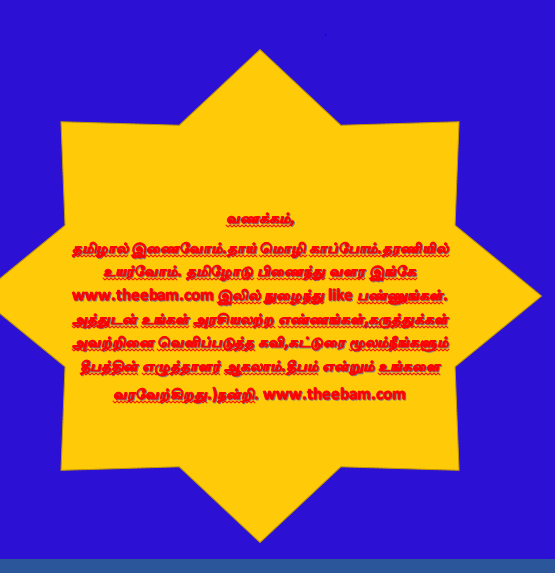
மேலும்,தீபம் மாதாந்த மின்சஞ்சிகையாக 2010 ம் ஆண்டு ஐப்பசி முதலாம் நாள் ஆரம்பிக்கப்பட்டது. தீபம்சஞ்சிகையில் முக்கியமாக ,ஆரோக்கியமான தகவல்கள் அடங்கிய
v கட்டுரைகள்,
v கவிதைகள்,
v நகைச்சுவை(சிரிப்பு),
v திரைப் பட விமர்சனங்கள்(திரை),
v திரைச்செய்திகள்(திரை),
v தொழில்நுட்பம்,
v உடல்நலம்(உணவு),
v ஆன்மீகம்
*...












